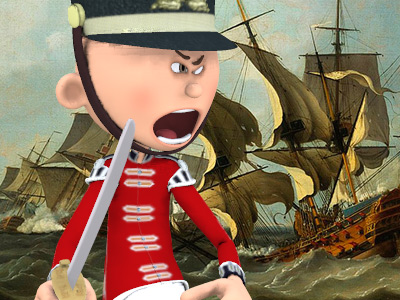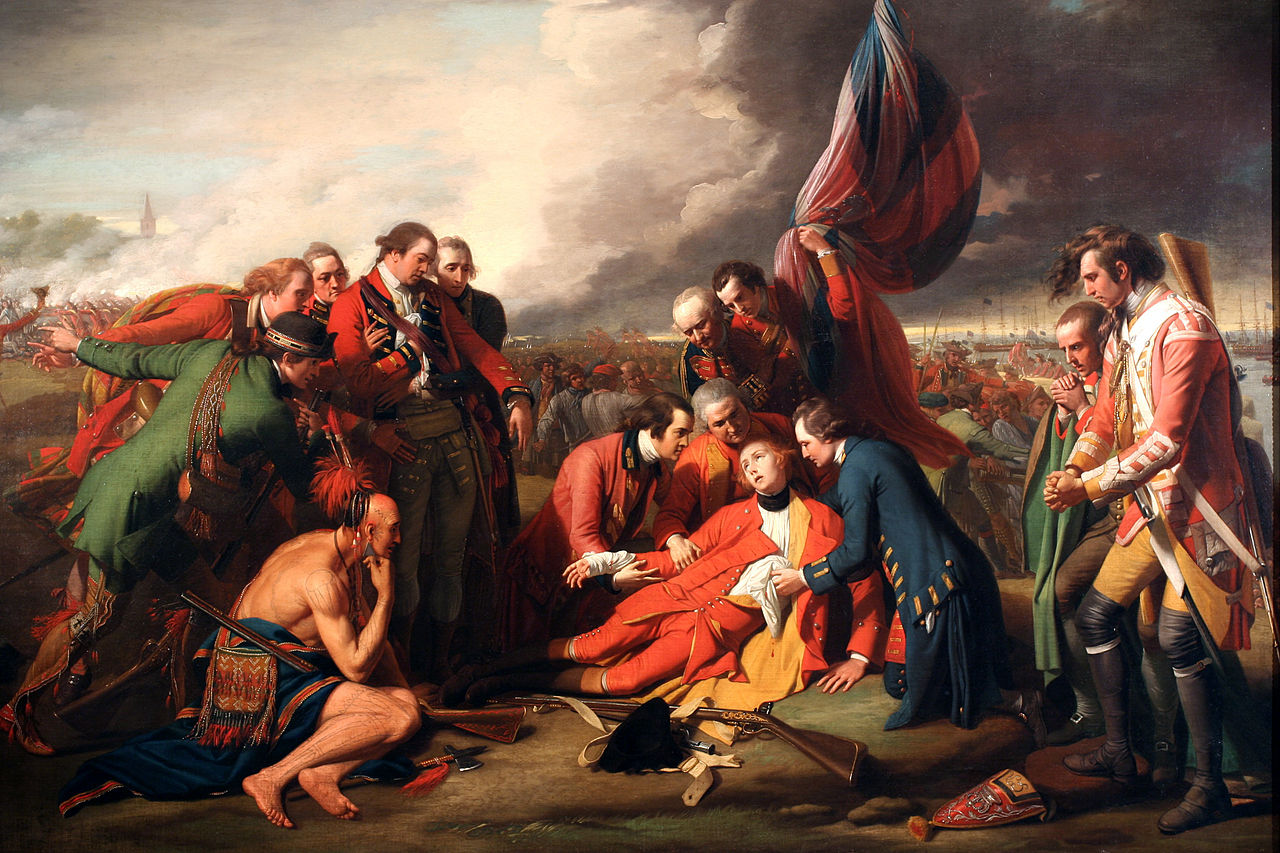Seven Years' War (1756-1763)
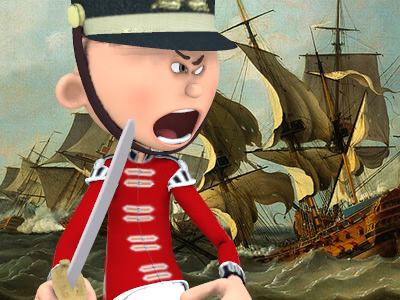
Europe 1757
On 18 April 1757, Frederick II again took the initiative by marching into the Kingdom of Bohemia, hoping to inflict a decisive defeat on Austrian forces. After winning the bloody Battle of Prague on 6 May 1757, in which both forces suffered major casualties, the Prussians forced the Austrians back into the fortifications of Prague. The Prussian army then laid siege to the city. In response, Austrian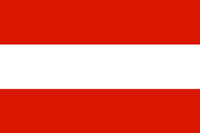 The Archduchy of Austria was a major principality of the Holy Roman Empire and the nucleus of the Habsburg monarchy. With its capital at Vienna, the archduchy was centered at the Empire's southeastern periphery. The archduchy's history as an imperial state ended with the dissolution of the Holy Roman Empire in 1806. It was replaced with the Lower and Upper Austria crown lands of the Austrian Empire. commander Leopold Daun collected a force of 30,000 men to come to the relief of Prague. Following the battle at Prague, Frederick took 5,000 troops from the siege at Prague and sent them to reinforce the 19,000-man army under the Duke of Brunswick-Bevern at Kolin in Bohemia. Austrian marshal Daun arrived too late to participate in the battle of Prague, but picked up 16,000 men who had escaped from the battle. With this army he slowly moved to relieve Prague. The Prussian army was too weak to simultaneously besiege Prague and keep Daun away, and Frederick was forced to attack prepared positions. The resulting Battle of Kolin was a sharp defeat for Frederick, his first. His losses further forced him to lift the siege and withdraw from Bohemia altogether.
The Archduchy of Austria was a major principality of the Holy Roman Empire and the nucleus of the Habsburg monarchy. With its capital at Vienna, the archduchy was centered at the Empire's southeastern periphery. The archduchy's history as an imperial state ended with the dissolution of the Holy Roman Empire in 1806. It was replaced with the Lower and Upper Austria crown lands of the Austrian Empire. commander Leopold Daun collected a force of 30,000 men to come to the relief of Prague. Following the battle at Prague, Frederick took 5,000 troops from the siege at Prague and sent them to reinforce the 19,000-man army under the Duke of Brunswick-Bevern at Kolin in Bohemia. Austrian marshal Daun arrived too late to participate in the battle of Prague, but picked up 16,000 men who had escaped from the battle. With this army he slowly moved to relieve Prague. The Prussian army was too weak to simultaneously besiege Prague and keep Daun away, and Frederick was forced to attack prepared positions. The resulting Battle of Kolin was a sharp defeat for Frederick, his first. His losses further forced him to lift the siege and withdraw from Bohemia altogether.
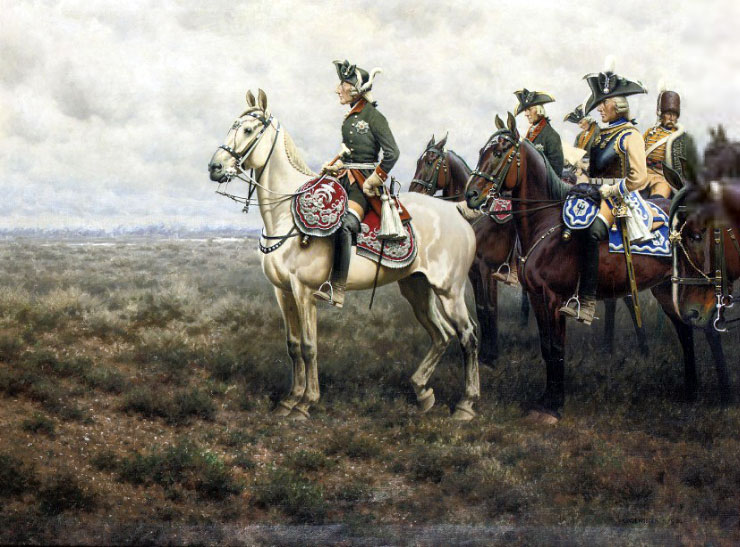
Frederick and staff at Leuthen

Frederick and staff at Leuthen
( Click image to enlarge)
Later that summer, the Russians Russian Empire was an empire and the final period of the Russian monarchy from 1721 to 1917, ruling across large parts of Eurasia. The rise of the Russian Empire coincided with the decline of neighbouring rival powers: the Swedish Empire, the Polish–Lithuanian Commonwealth, Qajar Iran, the Ottoman Empire, and Qing China. Russia remains the third-largest empire in history, surpassed only by the British Empire and the Mongol Empire. under Field Marshal Stepan Fyodorovich Apraksin besieged Memel with 75,000 troops. Memel had one of the strongest fortresses in Prussia
Russian Empire was an empire and the final period of the Russian monarchy from 1721 to 1917, ruling across large parts of Eurasia. The rise of the Russian Empire coincided with the decline of neighbouring rival powers: the Swedish Empire, the Polish–Lithuanian Commonwealth, Qajar Iran, the Ottoman Empire, and Qing China. Russia remains the third-largest empire in history, surpassed only by the British Empire and the Mongol Empire. under Field Marshal Stepan Fyodorovich Apraksin besieged Memel with 75,000 troops. Memel had one of the strongest fortresses in Prussia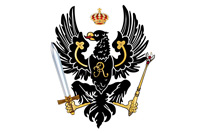 The Kingdom of Prussia was a German kingdom that constituted the state of Prussia between 1701 and 1918. It was the driving force behind the unification of Germany in 1871 and was the leading state of the German Empire until its dissolution in 1918. Although it took its name from the region called Prussia, it was based in the Margraviate of Brandenburg. Its capital was Berlin.. However, after five days of artillery bombardment the Russian army was able to storm it. The Russians then used Memel as a base to invade East Prussia and defeated a smaller Prussian force in the fiercely contested Battle of Gross-Jägersdorf on 30 August 1757. In the words of the American historian Daniel Marston, Gross-Jägersdorf left the Prussians with "a newfound respect for the fighting capabilities of the Russians that was reinforced in the later battles of Zorndorf and Kunersdorf". However, the Russians were not yet able to take Königsberg after using up their supplies of cannonballs at Memel and Gross-Jägersdorf and retreated soon afterward. A recurring problem for the Russians throughout the war was their logistics. The Russians lacked a quartermaster's department capable of keeping armies operating in Central Europe properly supplied over the primitive mud roads of eastern Europe. The tendency of Russian armies to break off operations after fighting a major battle, even when they were not defeated, was less about their casualties and more about their supply lines; after expending much of their munitions in a battle, Russian generals did not wish to risk another battle knowing resupply would be a long time coming. This long-standing weakness was evident in the Russian-Ottoman War of 1735–1739, where Russian battle victories led to only modest war gains due to problems supplying their armies. The Russian quartermasters department had not improved, so the same problems reoccurred in Prussia. Still, the Imperial Russian Army was a new threat to Prussia. Not only was Frederick forced to break off his invasion of Bohemia, he was now forced to withdraw further into Prussian-controlled territory. His defeats on the battlefield brought still more opportunistic nations into the war. Sweden declared war on Prussia and invaded Pomerania with 17,000 men. Sweden felt this small army was all that was needed to occupy Pomerania and felt the Swedish army would not need to engage with the Prussians because the Prussians were occupied on so many other fronts.
The Kingdom of Prussia was a German kingdom that constituted the state of Prussia between 1701 and 1918. It was the driving force behind the unification of Germany in 1871 and was the leading state of the German Empire until its dissolution in 1918. Although it took its name from the region called Prussia, it was based in the Margraviate of Brandenburg. Its capital was Berlin.. However, after five days of artillery bombardment the Russian army was able to storm it. The Russians then used Memel as a base to invade East Prussia and defeated a smaller Prussian force in the fiercely contested Battle of Gross-Jägersdorf on 30 August 1757. In the words of the American historian Daniel Marston, Gross-Jägersdorf left the Prussians with "a newfound respect for the fighting capabilities of the Russians that was reinforced in the later battles of Zorndorf and Kunersdorf". However, the Russians were not yet able to take Königsberg after using up their supplies of cannonballs at Memel and Gross-Jägersdorf and retreated soon afterward. A recurring problem for the Russians throughout the war was their logistics. The Russians lacked a quartermaster's department capable of keeping armies operating in Central Europe properly supplied over the primitive mud roads of eastern Europe. The tendency of Russian armies to break off operations after fighting a major battle, even when they were not defeated, was less about their casualties and more about their supply lines; after expending much of their munitions in a battle, Russian generals did not wish to risk another battle knowing resupply would be a long time coming. This long-standing weakness was evident in the Russian-Ottoman War of 1735–1739, where Russian battle victories led to only modest war gains due to problems supplying their armies. The Russian quartermasters department had not improved, so the same problems reoccurred in Prussia. Still, the Imperial Russian Army was a new threat to Prussia. Not only was Frederick forced to break off his invasion of Bohemia, he was now forced to withdraw further into Prussian-controlled territory. His defeats on the battlefield brought still more opportunistic nations into the war. Sweden declared war on Prussia and invaded Pomerania with 17,000 men. Sweden felt this small army was all that was needed to occupy Pomerania and felt the Swedish army would not need to engage with the Prussians because the Prussians were occupied on so many other fronts.
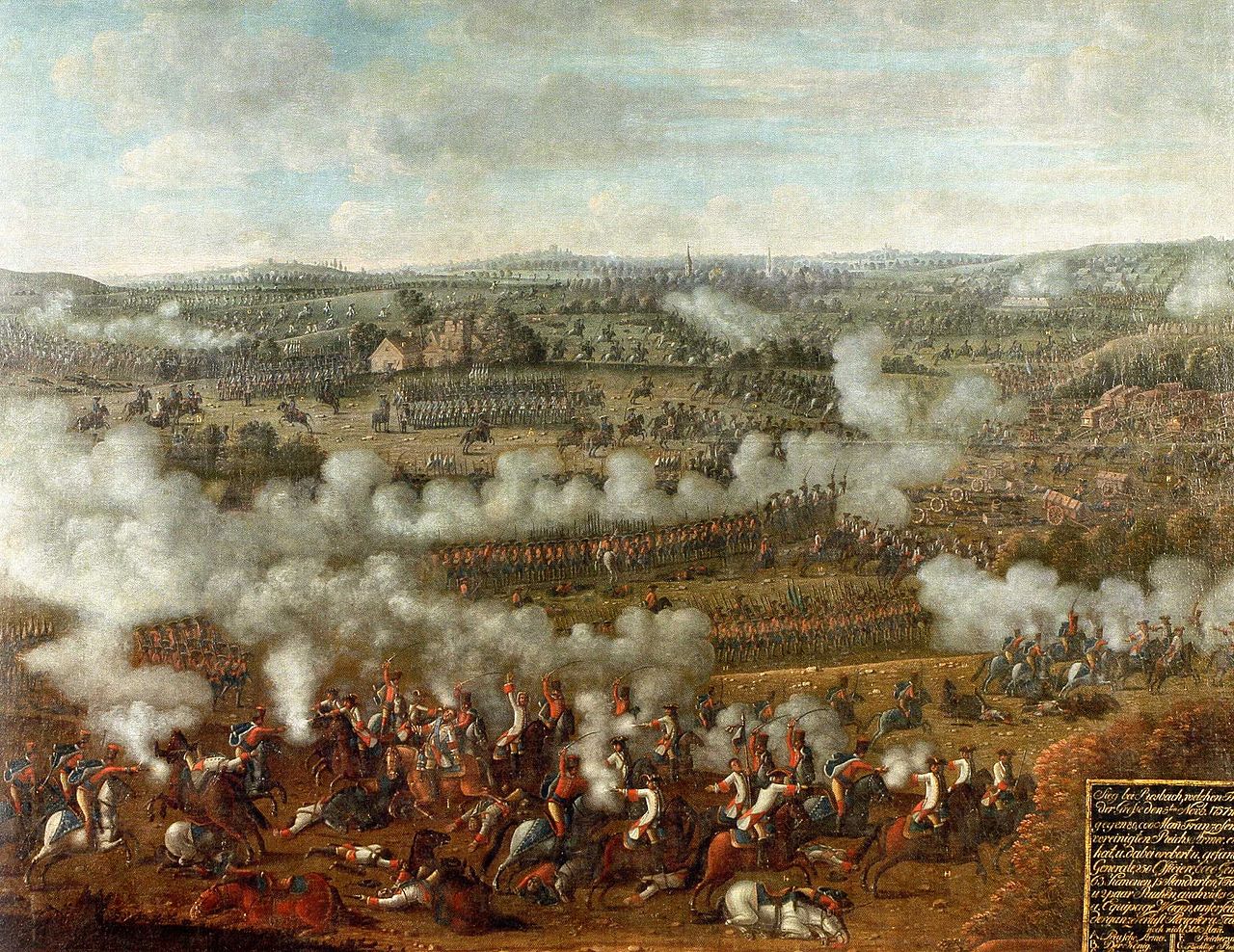
Battle of Rossbach

Battle of Rossbach
( Click image to enlarge)
Things were looking grim for Prussia now, with the Austrians mobilising to attack Prussian-controlled soil and a combined French The Kingdom of France is the historiographical name or umbrella term given to various political entities of France in the medieval and early modern period. It was one of the most powerful states in Europe since the High Middle Ages. It was also an early colonial power, with possessions around the world. Colonial conflicts with Great Britain led to the loss of much of its North American holdings by 1763. The Kingdom of France adopted a written constitution in 1791, but the Kingdom was abolished a year later and replaced with the First French Republic. and Reichsarmee (German states) army under Prince Soubise approaching from the west. The Reichsarmee was a collection of armies from the smaller German states that banded together to heed the appeal of the Holy Roman
The Kingdom of France is the historiographical name or umbrella term given to various political entities of France in the medieval and early modern period. It was one of the most powerful states in Europe since the High Middle Ages. It was also an early colonial power, with possessions around the world. Colonial conflicts with Great Britain led to the loss of much of its North American holdings by 1763. The Kingdom of France adopted a written constitution in 1791, but the Kingdom was abolished a year later and replaced with the First French Republic. and Reichsarmee (German states) army under Prince Soubise approaching from the west. The Reichsarmee was a collection of armies from the smaller German states that banded together to heed the appeal of the Holy Roman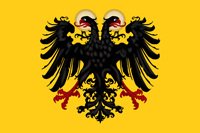 The Holy Roman Empire was a political entity in Western, Central, and Southern Europe that developed during the Early Middle Ages and continued until its dissolution in 1806 during the Napoleonic Wars. From the accession of Otto I in 962 until the twelfth century, the Empire was the most powerful monarchy in Europe. The empire reached the apex of territorial expansion and power in the mid-thirteenth century, but overextending led to partial collapse. Emperor Franz I against Frederick. However, in November and December 1757, the whole situation in Germany was reversed. First, Frederick devastated Soubise's forces at the Battle of Rossbach on 5 November 1757 and then routed a vastly superior Austrian force at the Battle of Leuthen on 5 December 1757. Rossbach was the only battle between the French and the Prussians during the entire war. At Rossbach, the Prussians lost about 548 men killed while the Franco-German force under Soubise lost about 10,000 killed. Frederick always called Leuthen his greatest victory, an assessment shared by many at the time as the Austrian Army was considered to be a highly professional force. With these victories, Frederick once again established himself as Europe's premier general and his men as Europe's most accomplished soldiers. However, Frederick missed an opportunity to completely destroy the Austrian army at Leuthen and it escaped back into Bohemia. He hoped the two smashing victories would bring Maria Theresa to the peace table, but she was determined not to negotiate until she had re-taken Silesia. Maria Theresia also improved the Austrians' command after Leuthen by replacing her incompetent brother-in-law, Charles of Lorraine, with Daun, who was now a field Marshall.
The Holy Roman Empire was a political entity in Western, Central, and Southern Europe that developed during the Early Middle Ages and continued until its dissolution in 1806 during the Napoleonic Wars. From the accession of Otto I in 962 until the twelfth century, the Empire was the most powerful monarchy in Europe. The empire reached the apex of territorial expansion and power in the mid-thirteenth century, but overextending led to partial collapse. Emperor Franz I against Frederick. However, in November and December 1757, the whole situation in Germany was reversed. First, Frederick devastated Soubise's forces at the Battle of Rossbach on 5 November 1757 and then routed a vastly superior Austrian force at the Battle of Leuthen on 5 December 1757. Rossbach was the only battle between the French and the Prussians during the entire war. At Rossbach, the Prussians lost about 548 men killed while the Franco-German force under Soubise lost about 10,000 killed. Frederick always called Leuthen his greatest victory, an assessment shared by many at the time as the Austrian Army was considered to be a highly professional force. With these victories, Frederick once again established himself as Europe's premier general and his men as Europe's most accomplished soldiers. However, Frederick missed an opportunity to completely destroy the Austrian army at Leuthen and it escaped back into Bohemia. He hoped the two smashing victories would bring Maria Theresa to the peace table, but she was determined not to negotiate until she had re-taken Silesia. Maria Theresia also improved the Austrians' command after Leuthen by replacing her incompetent brother-in-law, Charles of Lorraine, with Daun, who was now a field Marshall.
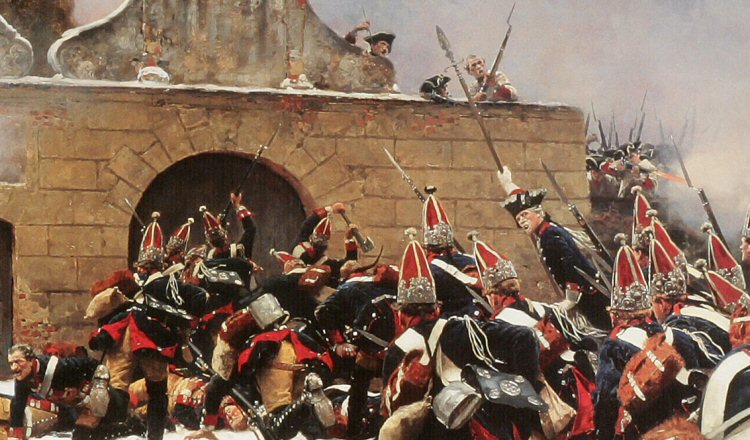
Battle of Leuthen by Carl Röchling

Battle of Leuthen by Carl Röchling
( Click image to enlarge)
This problem was compounded when the main Hanoverian army under Cumberland was defeated at the Battle of Hastenbeck and forced to surrender entirely at the Convention of Klosterzeven following a French Invasion of Hanover. The convention removed Hanover from the war, leaving the western approach to Prussian territory extremely vulnerable. Frederick sent urgent requests to Great Britain The Kingdom of Great Britain was a sovereign country in Western Europe from 1 May 1707 to the end of 31 December 1800. The state was created by the 1706 Treaty of Union and ratified by the Acts of Union 1707, which united the kingdoms of England (which included Wales) and Scotland to form a single kingdom encompassing the whole island of Great Britain and its outlying islands, with the exception of the Isle of Man and the Channel Islands. for more substantial assistance, as he was now without any outside military support for his forces in Germany.
The Kingdom of Great Britain was a sovereign country in Western Europe from 1 May 1707 to the end of 31 December 1800. The state was created by the 1706 Treaty of Union and ratified by the Acts of Union 1707, which united the kingdoms of England (which included Wales) and Scotland to form a single kingdom encompassing the whole island of Great Britain and its outlying islands, with the exception of the Isle of Man and the Channel Islands. for more substantial assistance, as he was now without any outside military support for his forces in Germany.
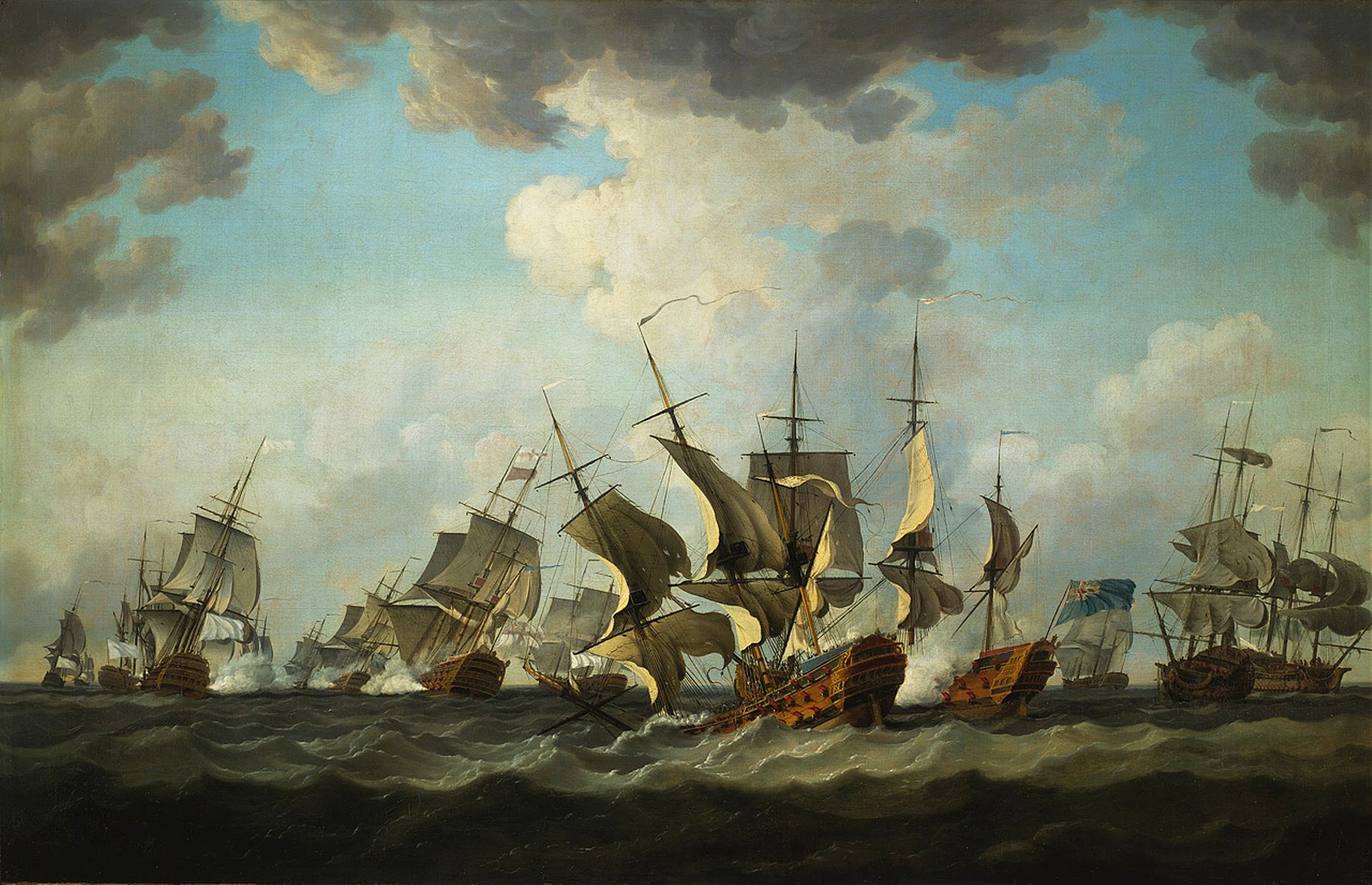
The Battle of Quiberon Bay, 20 November 1759

The Battle of Quiberon Bay, 20 November 1759
( Click image to enlarge)
Calculating that no further Russian advance was likely until 1758, Frederick moved the bulk of his eastern forces to Pomerania under the command of Marshal Lehwaldt, where they were to repel the Swedish invasion. In short order, the Prussian army drove the Swedes back, occupied most of Swedish Pomerania, and blockaded its capital Stralsund. George II of Great Britain, on the advice of his British ministers after the battle of Rossbach, revoked the Convention of Klosterzeven, and Hanover reentered the war. Over the winter the new commander of the Hanoverian forces, Duke Ferdinand of Brunswick, regrouped his army and launched a series of offensives that drove the French back across the River Rhine. Ferdinand's forces kept Prussia's western flank secure for the rest of the war. The British had suffered further defeats in North America, particularly at Fort William Henry. At home, however, stability had been established. Since 1756, successive governments led by Newcastle and Pitt had fallen. In August 1757, the two men agreed to a political partnership and formed a coalition government that gave new, firmer direction to the war effort. The new strategy emphasised both Newcastle's commitment to British involvement on the continent, particularly in defence of Germany, and Pitt's determination to use naval power to seize French colonies around the globe. This "dual strategy" would dominate British policy for the next five years.
Between 10 and 17 October 1757, a Hungarian general, Count András Hadik, serving in the Austrian army, executed what may be the most famous hussar action in history. When the Prussian king, Frederick, was marching south with his powerful armies, the Hungarian general unexpectedly swung his force of 5,000, mostly hussars, around the Prussians and occupied part of their capital, Berlin, for one night. The city was spared for a negotiated ransom of 200,000 thalers. When Frederick heard about this humiliating occupation, he immediately sent a larger force to free the city. Hadik, however, left the city with his hussars and safely reached the Austrian lines. Subsequently, Hadik was promoted to the rank of marshal in the Austrian Army.
HISTORY
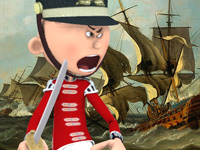
RESOURCES
This article uses material from the Wikipedia article "Seven Years' War", which is released under the Creative Commons Attribution-Share-Alike License 3.0.
© Stories Preschool. All Rights Reserved.
